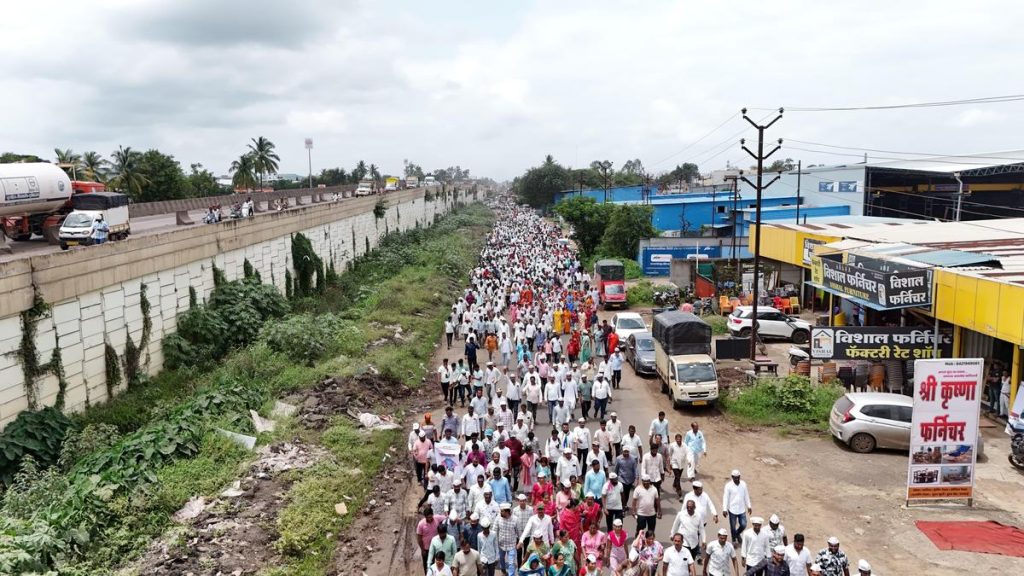Now Reading: France Unveils Sleek High-Speed Train, Sparking Debate in America
-
01
France Unveils Sleek High-Speed Train, Sparking Debate in America
France Unveils Sleek High-Speed Train, Sparking Debate in America

Quick Summary
- France’s TGV Inoui Design Reveal: New fifth-generation high-speed train design includes energy-efficient features (20% less energy use), wheelchair accessibility, retro-futuristic interiors like cushiony seats, colorful decor, and quirky elements such as a yellow mushroom-shaped lamp.
- Operational Timeline and Routes: Scheduled to start service in 2026 on the Paris-Lyon-Marseille route.
- High-Speed Rail Benefits Globally: High-speed rail contributes significantly to CO2 savings compared to air travel, offering convenience and scenic experiences.
- American Reaction: U.S. observers express envy over France’s advancements in railway design; America’s Acela trains are considered fast but lack transformative high-speed experience due to funding challenges for Amtrak.
- U.S. Progress on High-Speed Rail: Brightline West aims for a privately funded high-speed rail connection between Los Angeles and Las Vegas by 2028 at speeds of up to 200 mph. Federal initiatives are mainly concentrated on supporting private projects while public ones face delays (e.g., California High-Speed Rail).
- Global Context: Shanghai Maglev train leads as the fastest commercially operational train worldwide, using magnetic levitation technology with speeds of up to 286 mph.
Images:
- New TGV Inoui interior (train seating with unique table lamps).
- Dining car showcasing vibrant colors and gourmet food options.
- Shanghai Maglev at an indoor station.
Indian Opinion Analysis
India can draw several lessons from global advancements in high-speed rail systems like France’s TGV or China’s maglev technology regarding passenger convenience, environmental benefits, and economic progress through reduced carbon footprints associated with air travel.
Despite current strides made by Indian railways’ semi-high speed Vande Bharat Express fleet-operating at lower speeds relative to global benchmarks-there remains an untapped opportunity for truly transformative infrastructure similar to international systems highlighted here. Developing such networks could address connectivity issues between major metropolitan centers while attracting investment akin to projects backing Brightline West in the U.S.
Tho, given challenges such as cost-intensive land acquisition processes and public-private inefficiencies faced even by established systems like California’s ongoing rail project struggle mentioned above-it becomes imperative that India emphasizes proactive long-term planning alongside stronger policy bottleneck resolutions tailored uniquely around domestic requirements/existing density frameworks going forward thoughtfully empowering stakeholders
























